Administration sharks circle Atlantic's only national marine monument
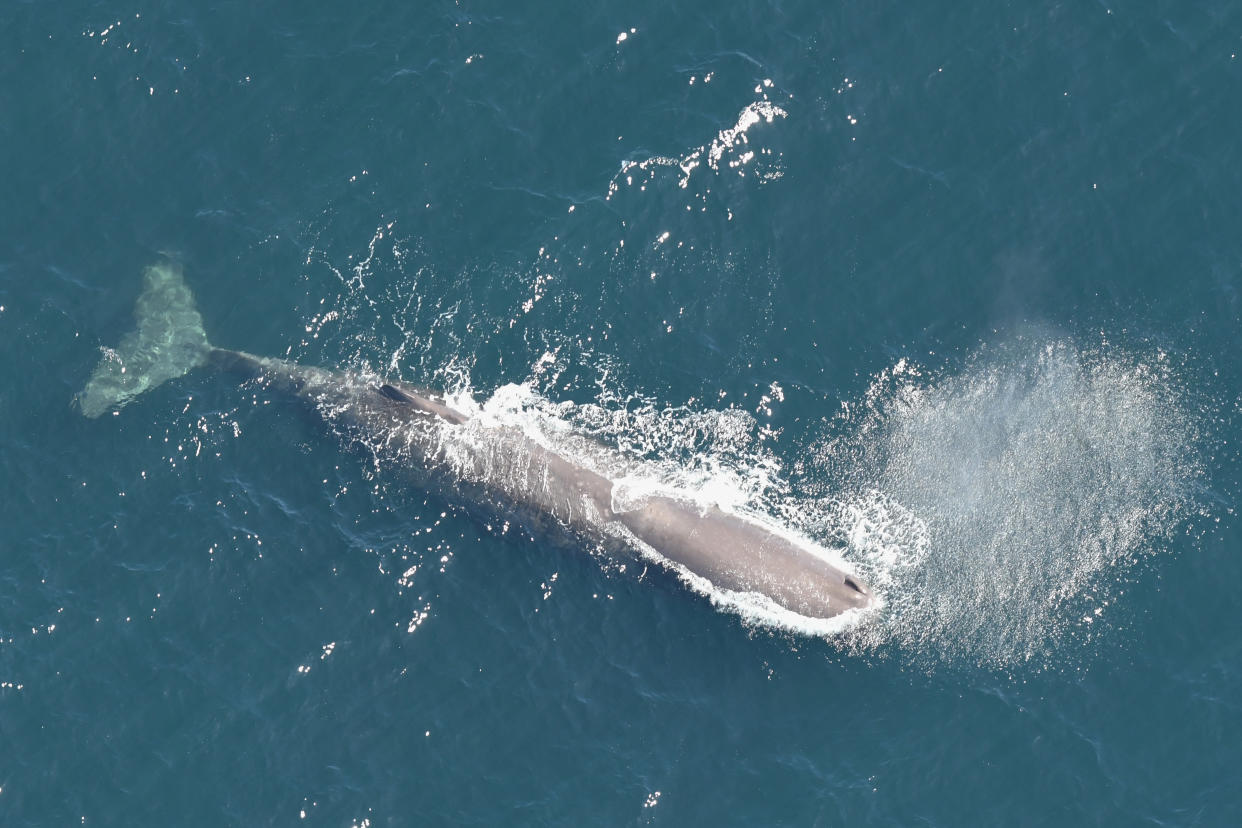
As scientists and conservationists convene this week to discuss protecting the oceans, the Northeast Canyons and Seamounts National Marine Monument off the New England coast — the only national marine monument in the U.S. Atlantic — is, well, up in the air.
All United Nations member states, including the ones without a coastline, will celebrate World Oceans Day on Friday. Scientists, conservationists and educators are mounting campaigns, initiatives and special events at aquariums, zoos, schools, beachfronts and recreational centers to teach the public about humankind’s impact on the oceans, hoping to build a global movement for sustainability. Among the most important is the Capitol Hill Ocean Week conference, kicking off Tuesday in Washington.
President Trump’s perfunctory statement proclaiming June National Ocean Month was not as threatening as conservationists expected, but its emphasis was unsurprisingly on using the ocean as a resource rather than protecting it. He argued that the U.S. exclusive economic zone — which extends 200 miles from the shoreline — is underutilized.
Photos: Northeast Canyons and Seamounts Monument »
“We will streamline regulations and administrative practices to promote economic growth, while protecting our marine environment for current and future generations,” the White House statement said. “We will also create new opportunities for American products in the global marketplace, including through continued support of our commercial fisheries and promotion of domestic aquaculture.”
But the White House, which is bogged down by the Russia probe and internal conflict, has not acted on Interior Secretary Ryan Zinke’s official recommendation in December to reduce or eliminate the Northeast Canyons and Seamounts National Marine Monument and open it to commercial exploitation.

For the past six months, scientists, fishermen and conservationists have debated the idea. Yahoo News reached out to the White House and the U.S. Department of the Interior via email to see whether any decisions have been made. The White House told us to contact Interior, which said any forthcoming announcements would come from the White House.
“The Secretary’s report to the president was issued in December. Any modifications to the monument proclamation as a result of the report would be White House action,” said Heather Swift, the press secretary for the Department of Interior.
“Please reach out to Interior, and once we have any official announcements I will let you know,” said Kelly Love, the senior assistant White House press secretary.
The Northeast Canyons and Seamounts National Marine Monument protects 4,913 square miles roughly 150 miles southeast of Cape Cod at the edge of the continental shelf. Three canyons, deeper than the Grand Canyon, and four extinct volcanoes as tall as the Rockies are home to more than 1,000 species where the shallow waters off the East Coast drop sharply into the depths of the northwestern Atlantic.
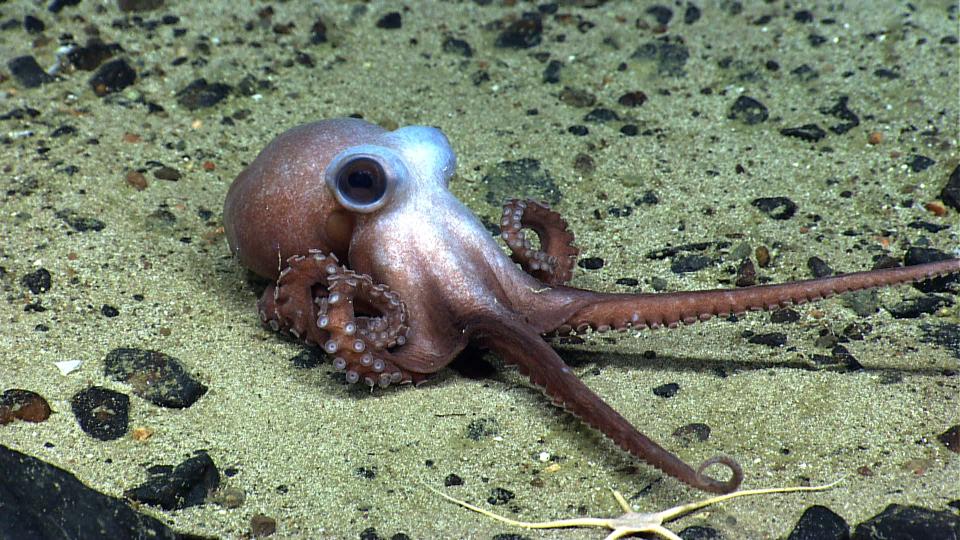
Former President Barack Obama designated the Northeast Canyons and Seamounts to be the first marine national monument in Atlantic waters in September 2016, so its unique ecological resources and fragile ecosystem would be protected. There are four national marine monuments in the Pacific.
A collection of fishing groups responded by suing the federal government in March 2017 challenging Obama’s designation. The Massachusetts Lobstermen’s Association and others argued that they have collected profitable species, including lobsters and crabs, from the area and that closing it off would harm their livelihoods.
The next month, President Trump issued two executive orders to reassess the legal status of tens of millions of acres of land and ocean floor as national monuments. The first directed the Department of Interior to review the designation of 27 monuments, including the Northeast Canyons and Seamounts. The second, issued a few days later, directed the Department of Commerce to review areas available offshore for oil and gas drilling, again including the New England monument.
The Interior Department formally responded in December 2017 by recommending that Trump roll back three marine monuments: Rose Atoll, Pacific Remote Islands and Northeast Canyons and Seamounts. Zinke wrote:
“The Proclamation should be amended, through the use of appropriate authority, including lawful exercise of your discretion granted by the Act, to ensure compliance with the provisions and intent of the Act while also allowing the regional fishery management council to make fishery-management decisions as authorized by the Magnuson-Stevens Fishery Conservation and Management Act.”

Zinke’s recommendation was immediately followed by the drastic shrinking of two land monuments, Bears Ears National Monument and Grand Staircase Escalante.
Brad Sewell, the director of the Natural Resources Defense Council (NRDC), said the U.S. would lose the only “blue park” off the continental U.S. where commercial fishing is prohibited if the recommendation goes forward.
“These are astonishingly rich, diverse and highly vulnerable resources,” Sewell told Yahoo News. “There are deep sea corals that have literally been on this earth in the ocean since the Middle Ages. They’re extremely long-lived and very sensitive to human disturbance. It could be wiped out with the single pass of a heavy, weighted industrial fishing net.”
Sewell said there are marine mammals, sea birds and sea turtles that could become entangled or ensnared by commercial fishing gear. Sewell said authorizing the Commerce Department to study the area for oil and gas leasing was also a threat, although it is not believed to contain significant deposits of fossil fuels.
“My guess is we’d still have something called a marine national monument in that place but it would be a paper park rather than a real park,” Sewell said.
He said the fishermen’s concern about the monument does not reflect its economic importance — it hasn’t been prime fishing territory in the past — but fear of establishing a precedent for future ‘blue parks’ that might infringe upon their fishing options: “They want to be able to fish wherever they want to fish.”
Trump denounces environmental regulations and has been steadily undoing Obama’s green policies. However, Trump has also taken a broad view of executive powers since entering the White House. It was for this reason that the Trump administration defended Obama’s executive power to create national monuments in April, by filing a motion to dismiss the fishing groups’ lawsuit.
Jeffrey H. Wood, the acting assistant attorney general of the Justice Department’s environment and natural resources division, filed the motion in the U.S. District Court for the District of Columbia arguing that the federal court system cannot decide whether the president acted lawfully in these instances.
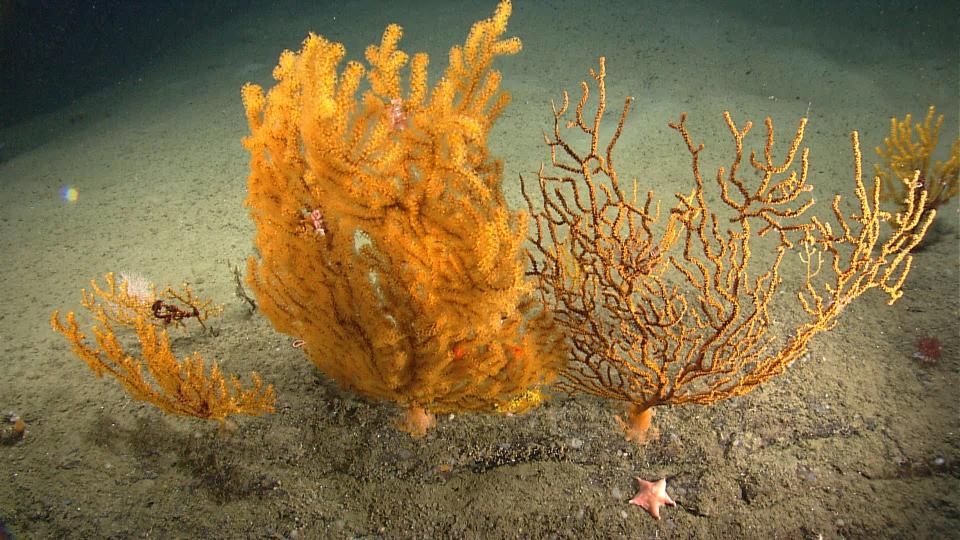
“This Court cannot review how the President exercised the discretion that Congress granted him to designate and define national monuments in the Antiquities Act,” Wood wrote. “To the extent any review occurs, it must be limited to the question of whether the President’s designation of the Monument, on its face, is authorized by the Antiquities Act.”
According to E&E News, Zinke struck a more conciliatory tone with conservationists during a meeting last month. He reportedly said the Interior Department did everything it “needed to do” last year regarding energy development and monument reviews and isn’t considering any further boundary changes unless Trump says otherwise.
Marine biologists have argued that the monument should retain its protected status partly because they are still conducting important research there. In April, scientists with the Anderson Cabot Center for Ocean Life at the New England Aquarium took a twin-engine airplane over the Northeast Canyons and Seamounts National Marine Monument to study its wildlife for the third time since summer 2017. The researchers found dozens of dolphins swimming with schools of pilot whales. They observed endangered sperm whales, basking sharks (the world’s second-largest shark species) and the strange-looking ocean sunfish (or mola mola).
These marine biologists were most excited about spotting 13 Sowerby’s beaked whales at the water’s surface — a rarity given their extensive dive times. All these aerial sightings, they said, were extraordinary for such a small area and help the researchers understand how various species use the waters and coral canyons for different purposes throughout the year. The scientists say these sightings support the case for “complete protection” of the area.
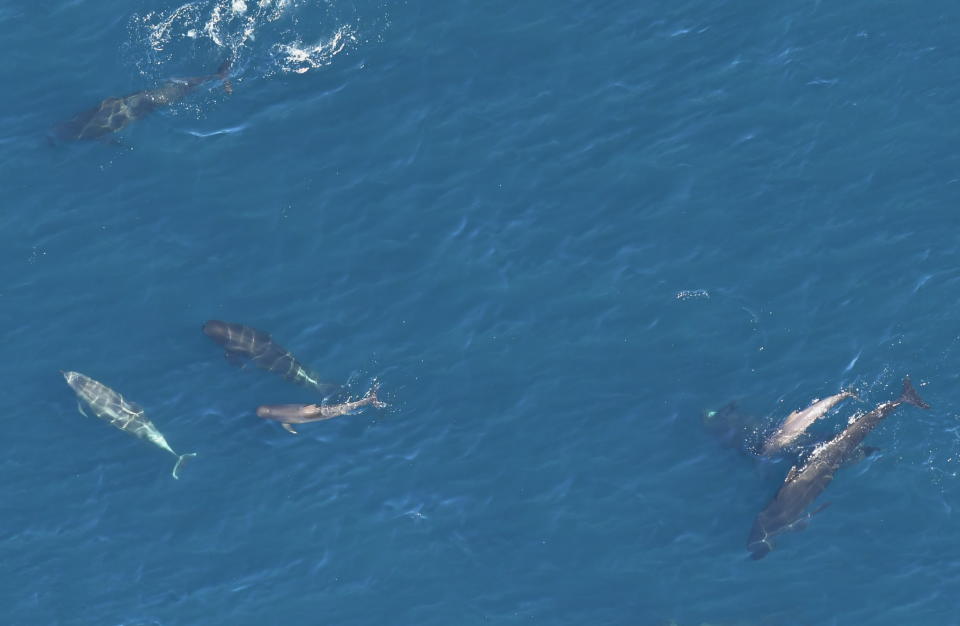
Ester Quintana, the lead scientist on the Anderson Cabot Center’s aerial survey team, said it’s simply a fact that the United States is not doing a good job of protecting its oceans and that most people don’t even think of these areas.
“What’s interesting is that these areas are offshore. They’re out of sight. They are not in people’s minds because you don’t see them. Most people can’t really go there because they’re too far away,” Quintana said.
But the monument designation, she said, has called the attention of Americans to their value and the importance of conservation. The United States has the largest exclusive economic zone on the planet.
“I find it interesting that there’s some sort of fight to undermine the value of this protected area, when it’s only .1 percent of all of what’s available,” she said. “It’s mind-blowing that it’s such a small area and that so much attention has been given to it — in a good and bad way.”
If the Trump administration proceeds, she said, it would take a while for the status of the monument to change. She expressed doubt that the monument would ever disappear completely but wouldn’t be surprised if it were to shrink.
“When we go out there, it’s just the plane and water and the animals,” she said. “You’re really in the middle of nowhere. I think that when you can forget about the daily problems that I’m sure we all have, it helps put things in perspective, that there are things beyond our own personal needs and political views that’s begging for our help.”
The Massachusetts Lobstermen’s Association didn’t respond to a request for comment.
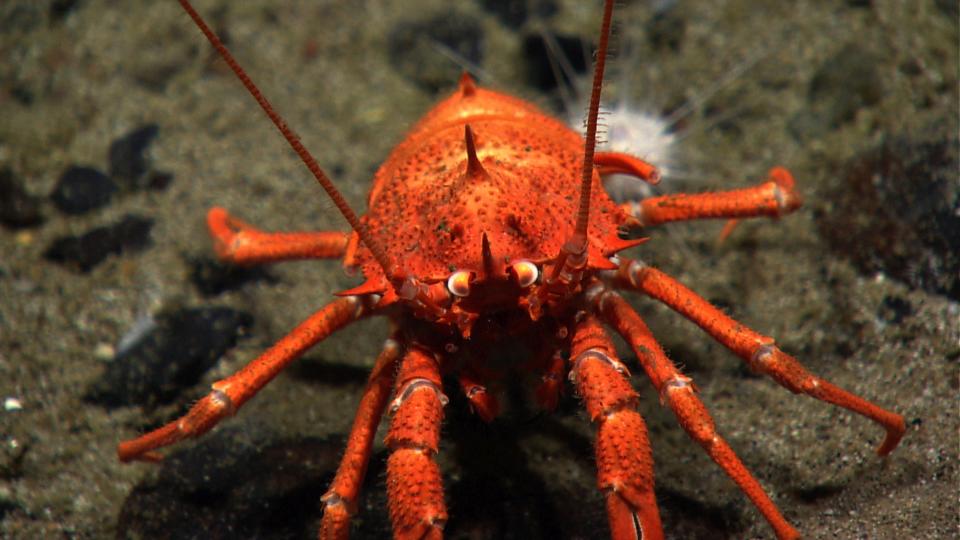
Read more from Yahoo News:



